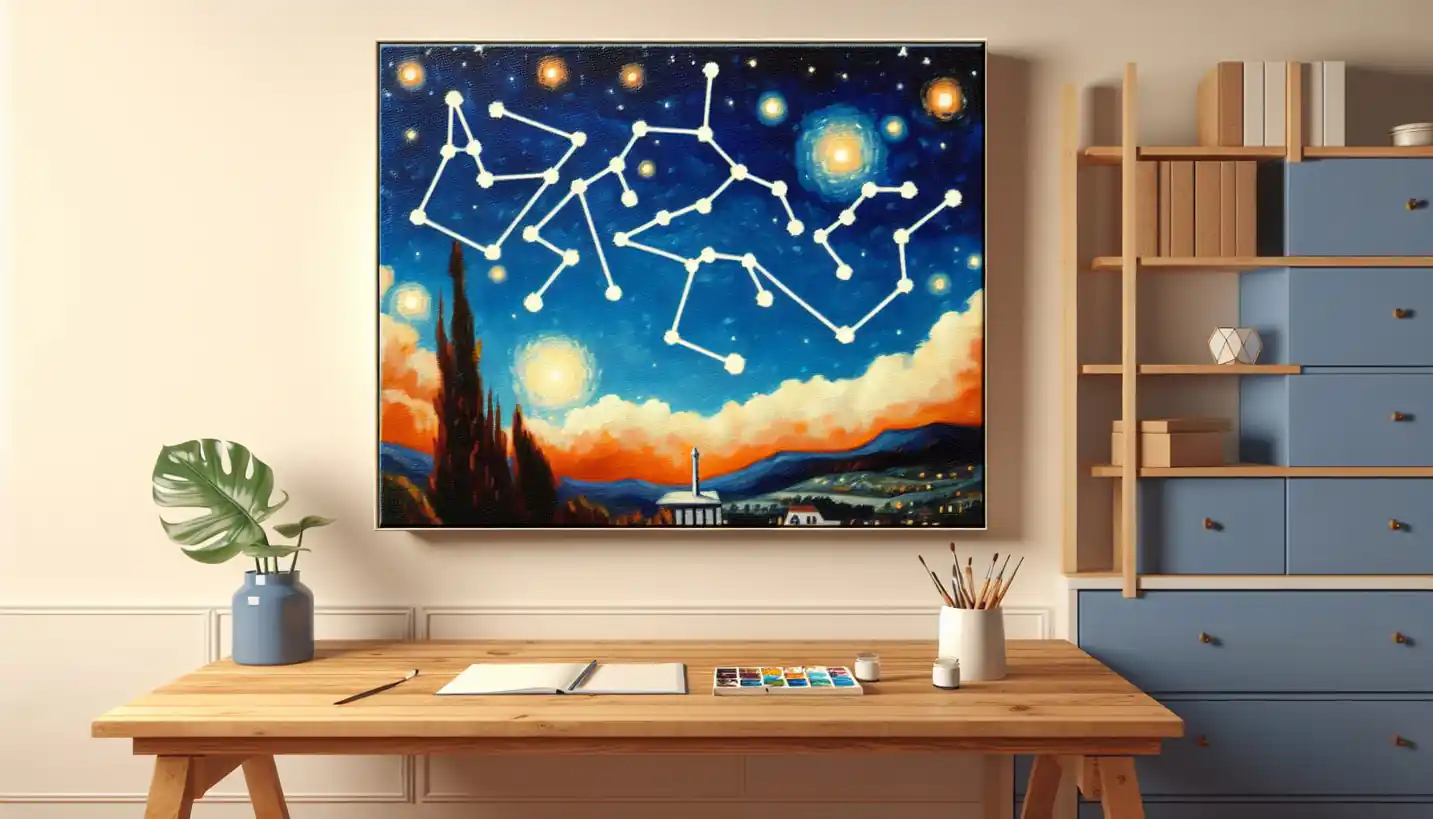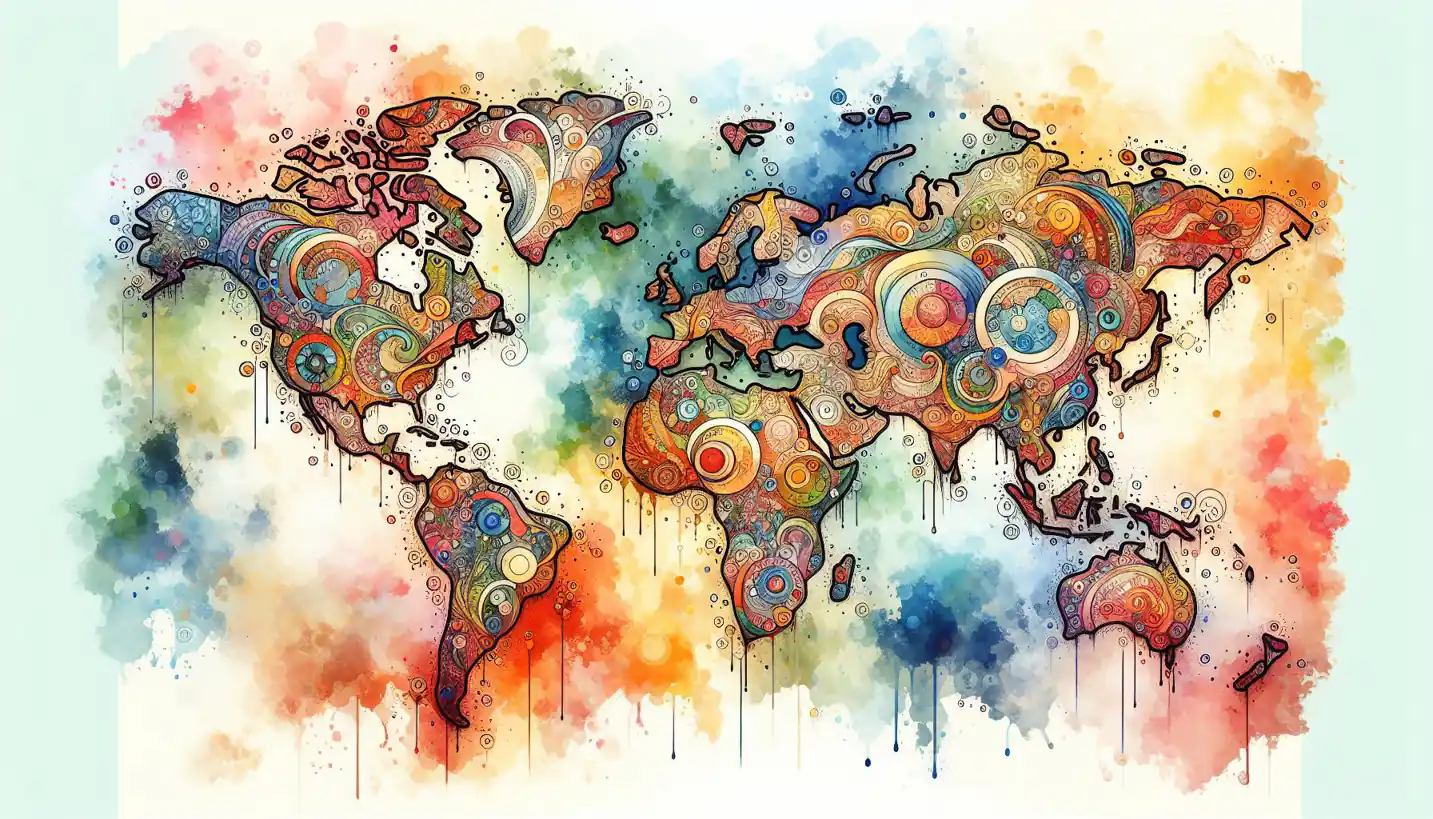· Art · 5 min read
Foley: The Art of Sound in Film and Video
Foley artists bring films to life with sounds of everyday actions. Explore the fascinating behind-the-scenes world where footsteps and rustles enhance movie magic.

Have you ever wondered how movies make you feel as if you’re right in the middle of the action? While dazzling visuals are vital, the sounds you hear are just as important. This is where Foley, the fascinating art of creating sound effects, comes into play. Named after Jack Foley, a pioneer in sound effects, this art form is essential in bringing films and videos to life.
What is Foley?
Foley is the process of creating everyday sound effects that are added to films, videos, and other forms of media during post-production. These sounds can include anything from footsteps and the rustling of clothes to glass breaking and doors creaking. Foley artists recreate these sounds to enhance the auditory experience and make it as realistic as possible.
Imagine you’re watching a movie set in a spooky old house. Every creak of the floorboards and howl of the wind contributes to the eerie atmosphere. Without Foley, many of these sounds might be missing or less impactful.
The Magic of Creation
Creating Foley sounds is a unique blend of creativity and technique. Foley artists often use unexpected objects to produce authentic-sounding effects. For example, someone might use a pair of gloves and slap them together to mimic the sound of bird wings flapping. It’s like a musician finding just the right instrument to create a perfect melody.
A common trick is using celery to replicate the crunch of bones breaking. These artists have to think outside the box and use trial and error to discover what works best. This process transforms ordinary objects into tools for cinematic magic.
Why Foley is Important
Realistic sound effects help viewers immerse themselves in the story. Imagine a chase scene with all the heart-pounding footfalls missing. It just wouldn’t have the same tension or energy. Foley brings films to life by ensuring that every sound detail aligns perfectly with the on-screen action.
Moreover, Foley can fix or enhance sounds that weren’t captured well during filming. Sometimes environmental noise or technical issues might disrupt the original audio, and Foley artists can seamlessly correct or supplement these sounds.
The Foley Studio: A World of Possibilities
A Foley studio might look a bit like a garage sale mixed with a musical instrument store. There are various objects like shoes, different surfaces to walk on, and props to simulate different textures and materials. This setup allows Foley artists to produce a wide range of sounds in a controlled environment.
Each film or video project may have unique requirements, prompting artists to continually experiment and innovate. Their work is synchronized with the film’s action so that every footstep, whisper, or clink of a glass feels naturally integrated.
The Evolution of Foley
Foley has evolved with technology but remains rooted in traditional techniques. In the early days of cinema, sound effects were often limited to live performances during screenings. As sound recording improved, Foley artists began to meticulously craft these effects in studios.
Digital technology has introduced new possibilities, allowing for even greater precision and creativity. Yet the heart of Foley remains the same: recreating sounds with physical props and a keen sense of timing.
The Role of Foley in Different Genres
The impact of Foley varies across different film genres. In action movies, the work of Foley artists is particularly aggressive, with intense sounds like punches, explosions, and car crashes. Comedy might require exaggerated effects for comedic timing, while horror films focus on creating sinister and chilling sounds.
Foley is not limited to big-budget Hollywood films. It finds its place in animations, TV shows, documentaries, and even video games, providing rich auditory landscapes for diverse storytelling mediums.
How Foley Inspires Creativity
Working with Foley can inspire creativity not just in sound artists but also in filmmakers. Directors and producers often collaborate closely with Foley teams to refine how a scene should feel. This collaborative effort can lead to unexpected artistic insights and breakthroughs.
For aspiring filmmakers, understanding the power of sound can open new avenues for storytelling. Foley provides an auditory palette that can elevate a narrative, adding depth and dimension to visual storytelling.
Similar Concepts: ADR and Sound Design
While Foley is a crucial element in film audio, it’s essential to distinguish it from other sound concepts like ADR (Automated Dialogue Replacement) and sound design. ADR involves re-recording dialogue in post-production to improve quality or make changes to the script. Sound design covers everything from creating futuristic soundscapes to crafting the overall soundtrack of a film.
Foley fits into this mix by providing the specific, everyday sounds that often go unnoticed but play a considerable role in the immersive experience. Together, these audio components work harmoniously to shape the film’s auditory world.
The Future of Foley
As technology continues to advance, the art of Foley may continue to evolve, but it will never lose its touch of creativity and human ingenuity. Virtual reality and augmented reality present new challenges and opportunities for sound artists, requiring even more elaborate and multifaceted soundscapes.
There is a growing appreciation for the artistry behind the scenes, with Foley gaining recognition as an integral part of film production. As audiences become more aware of the work that goes into creating these sounds, the appreciation for Foley artists and their craft will continue to grow.
In the rapidly changing landscape of film and video production, Foley remains a cornerstone, ensuring that stories are told not just through what we see, but through what we hear and feel. Next time you’re watching a film, take a moment to listen closely, and appreciate the craft of Foley that transforms a simple scene into a vivid, sensory experience.


